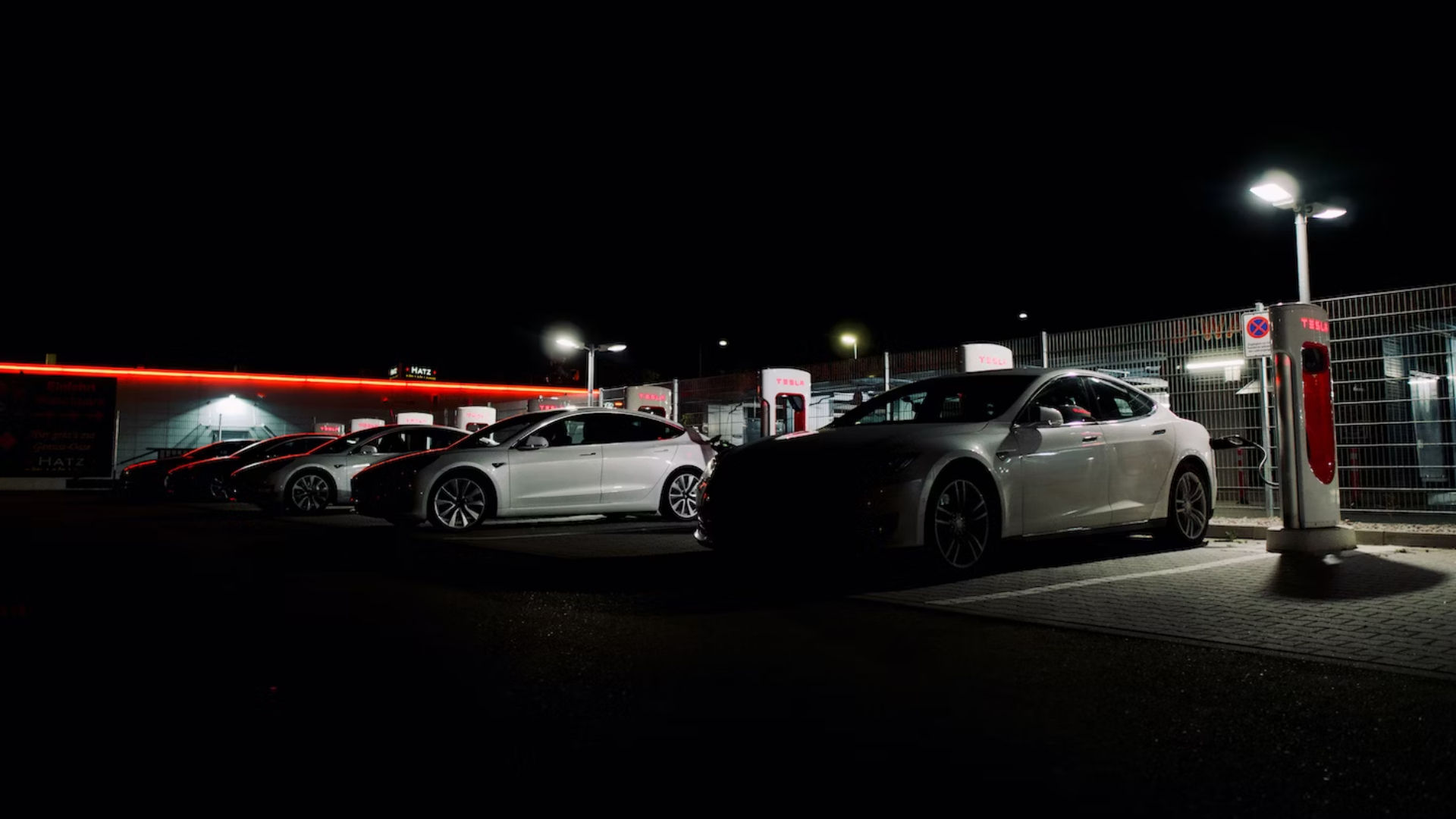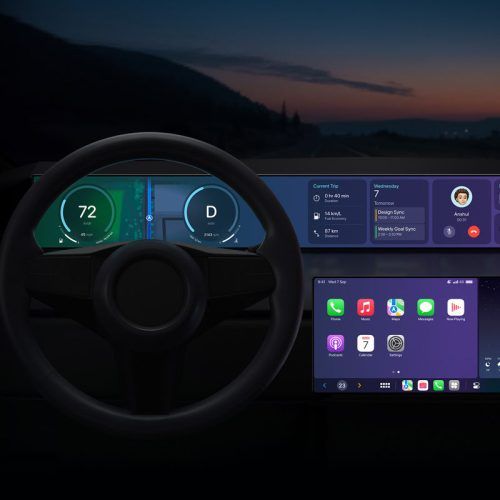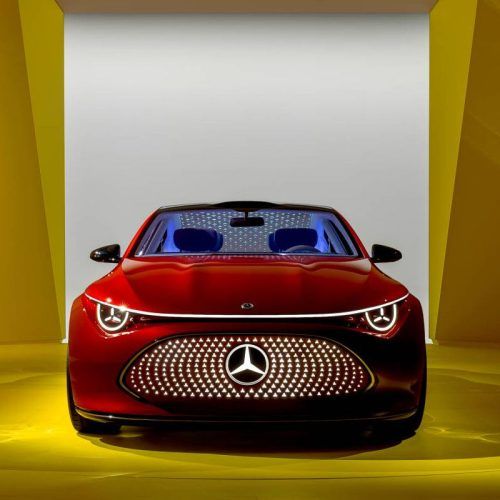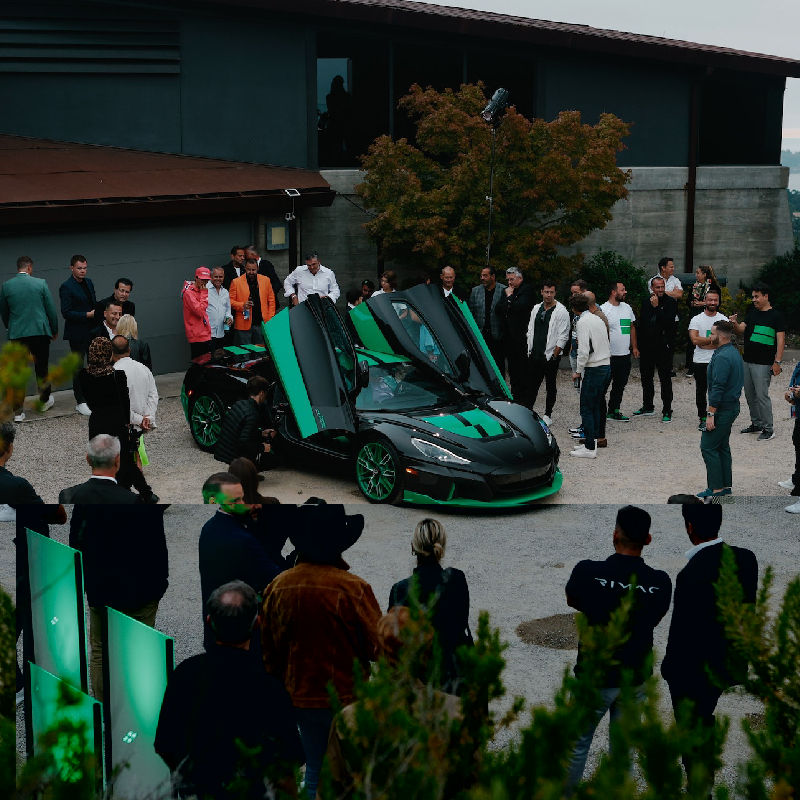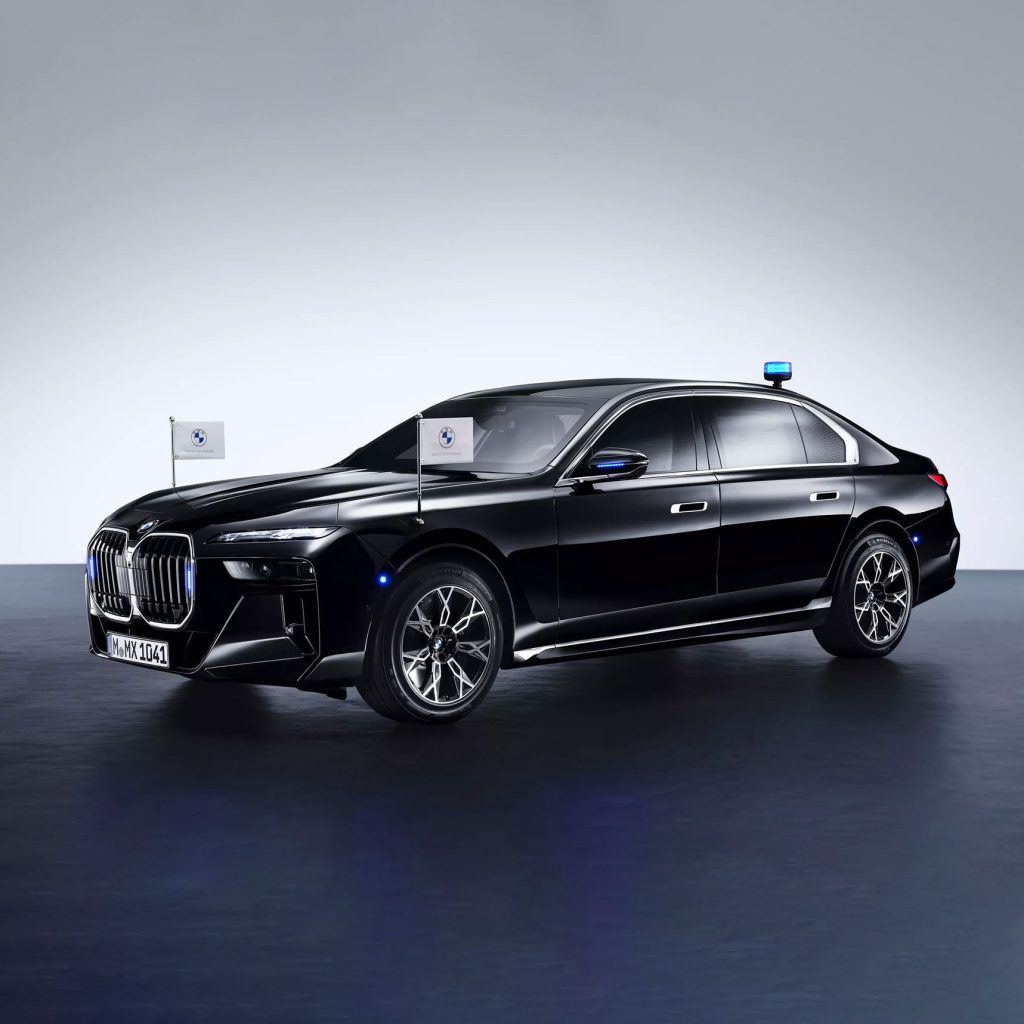The next coolest thing to come from Tesla may not be the Cybertruck or even its rumoured mystical smartphone! Instead, this next offering could be an absolute game-changer in the world of tech and auto, revolutionising the way EV owners charge their electric cars. The idea is borrowed from smartphones, where wireless power supply has become a staple feature of all iPhones and high-end Android smartphones. Tesla has been wanting to bring over the same convenience to the world of EVs and with its latest acquisition, it may have gotten a step closer to achieving its ambitious goal. In other words, you may not have to rely on Tesla charging stations in the near future.
Rumours were earlier hinting at Tesla’s intentions of acquiring Wiferion, a German firm that is a key player in the world of automated wireless power supply systems. Those rumours are now confirmed as Tesla has completed its purchase. As a result, all of Wiferion’s patents and technologies are now Tesla’s property. To put it simply, this purchase has some huge implications for Tesla and the electric vehicle market in general.
So will wireless charging for EVs soon be a reality? We try to answer that question with a rundown of everything we know so far.
Tesla could make wireless charging for EVs a reality
Tesla always had intentions of developing a wireless charging solution for its EV cars. Up until now, Tesla’s cars have solely relied on home chargers and the renowned Tesla Superchargers, both of which rely on wires and cables as the medium to transmit power to the batteries. These wired charging solutions offer a fast and practical way to refill your electric car’s batteries. However, it looks like Musk and his team might have other plans, which brings us to wireless charging.
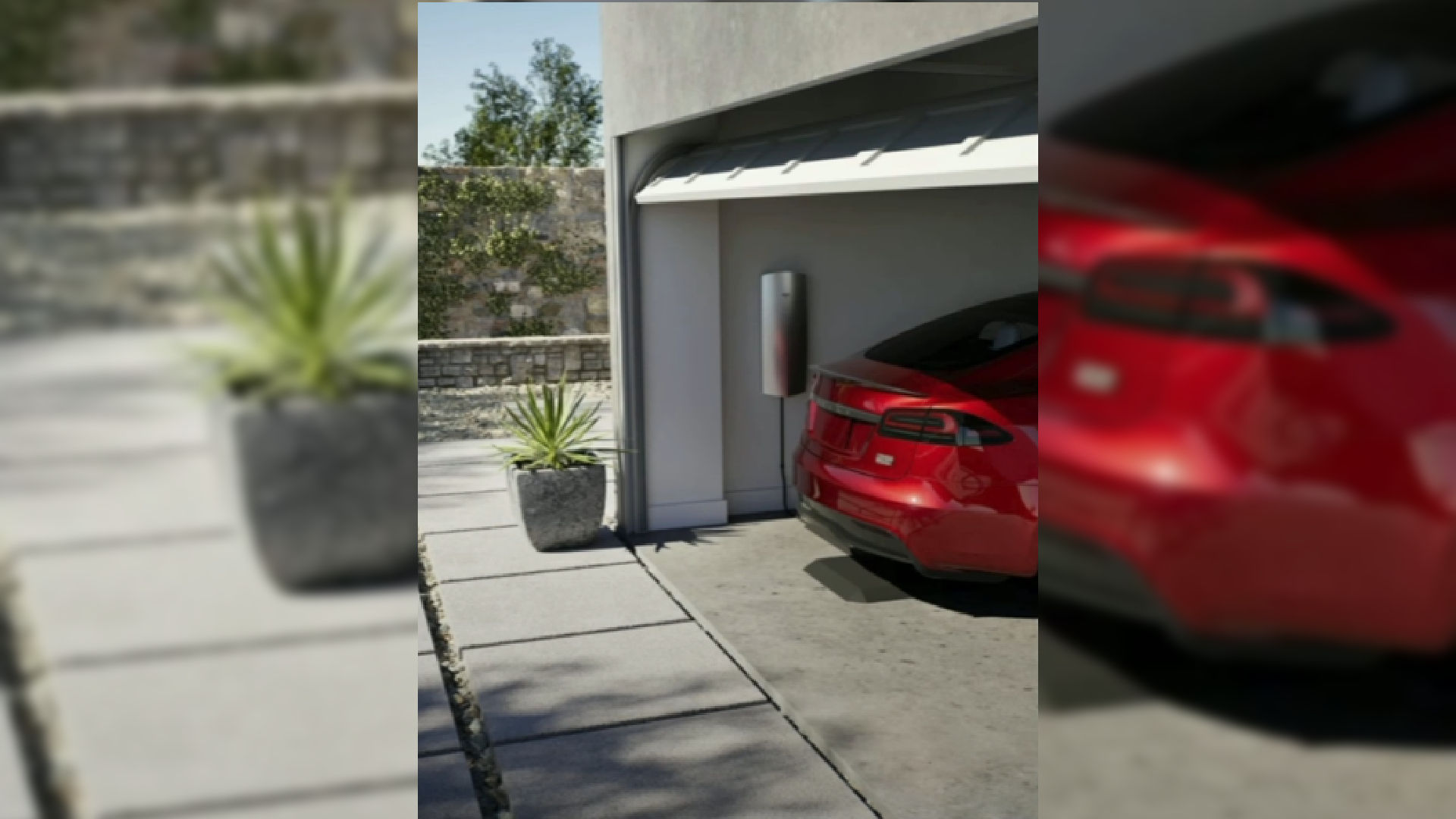
The concept of wireless charging isn’t new to the world.
In fact, your iPhone or Samsung Galaxy smartphone can do wireless charging. As a concept, wireless charging relies on the principles of induction and magnetic field to conduct electricity wirelessly from one coil to another. In the world of smartphones, wireless charging has proven to be convenient, provided you are willing to look past the slow charging speeds. After all, transmitting electricity via induction isn’t the most efficient way to charge a battery as there’s a higher loss of energy. Heat is another by-product of this process, which is why you have to pay extra attention when charging your gadgets wirelessly.
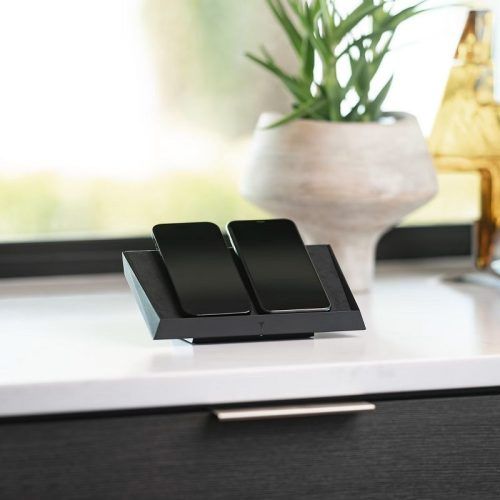
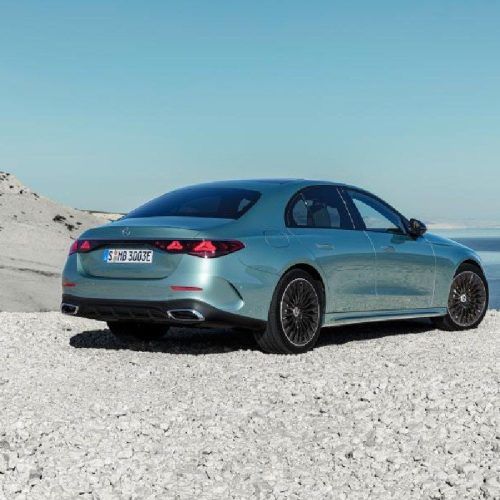
The Best Luxury Cars Of 2023: Rolls Royce Spectre, Tesla Cybertruck And More
It was BMW, however, that actually kickstarted the development of wireless charging for its hybrid cars a couple of years ago. Tesla is late to the party in comparison but its acquisition of Wiferion could help it come up with a practical solution before its competitors.
In fact, Wiferion already has a licensing deal with Witricity, a firm that demonstrated its EV wireless charging on a Tesla Model 3 a while ago. While the technicalities of the deal between Tesla and Wiferion are under wraps, we won’t be surprised if the same technology is optimised for Tesla vehicles and sold to customers as an option.
How does wireless EV charging work?
The answer is a lot simpler than you’d imagine.
The process is quite similar to how someone charges their iPhone’s battery wirelessly i.e., to place it over a wireless charging pad and allow the charging to begin. Obviously, in the case of a heavy electric car, you simply can’t pick it up and place it over a charging pad. So in this case, a wireless charging pad will be fixed on the ground and connected to a high-wattage charger. The electric car will also have an induction pad installed underneath its body. In the demo videos from BMW and Witricity, the induction pad was usually placed under the engine bay or ‘frunk’ (front trunk, since there’s no engine in an EV). All the driver needs to do is park the car over the wireless pad and align it properly to start the charging process.
What remains to be seen is how Tesla manages to tackle the issues of heat generation and slow charging speeds.
Which Tesla cars will support wireless charging?
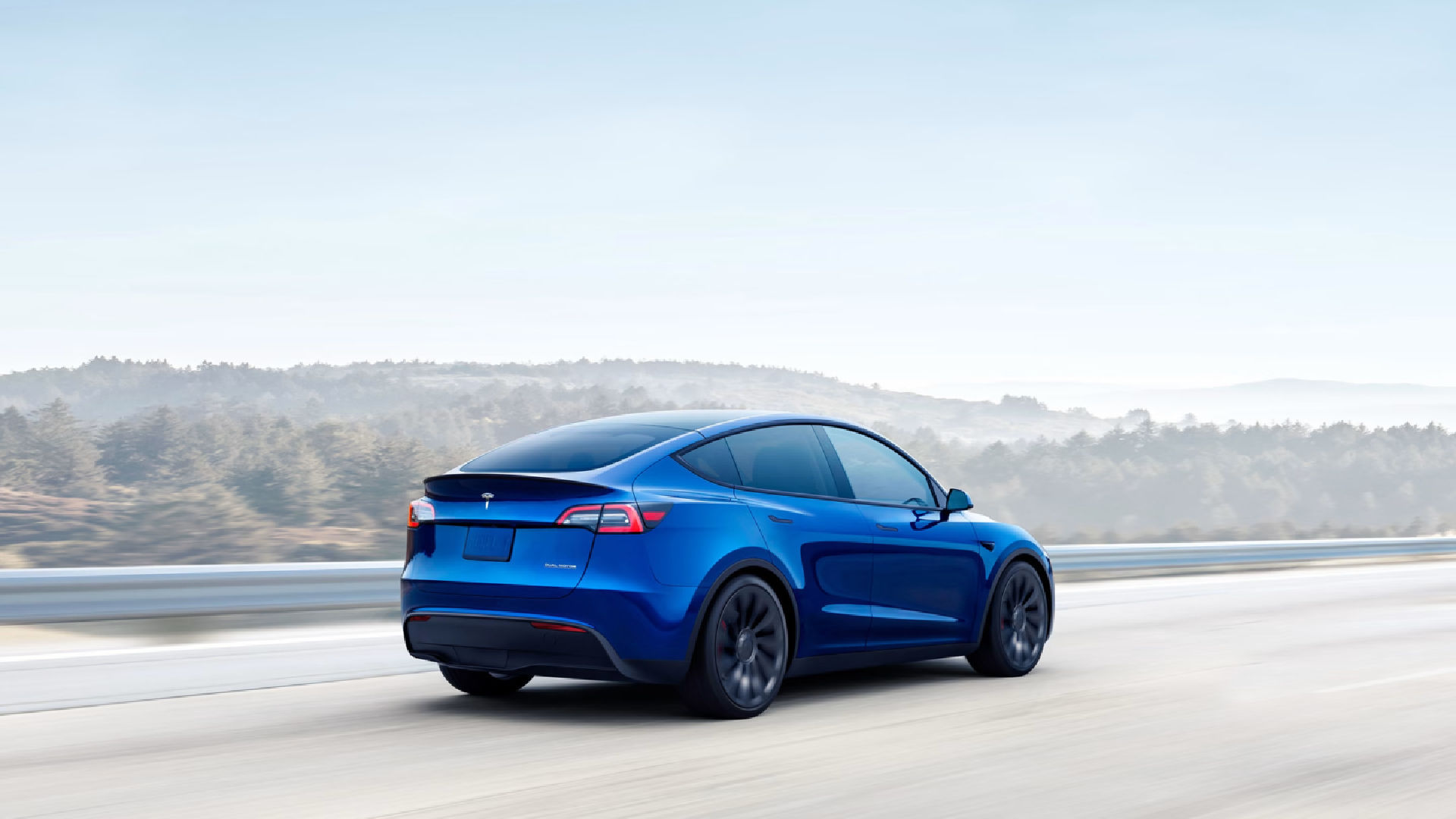
Technically, all of Tesla’s cars should be able to support wireless charging. The Model 3, Model Y, Model S and Model X ride low and only need a minor tweak to make them compatible with the wireless charging pads. A teaser image from the Tesla Investor Day livestream had shown a Tesla car parked inside a garage, charging itself wirelessly with a small pad lurking underneath the vehicle. If that’s any indication of Tesla’s implementation, the days of handling hefty charging cables might be nearing their end.
(Hero and Featured Image Credits: Courtesy Unsplash / @Prometheus)
Frequently Asked Questions (FAQs)
Answer: Yes, wireless charging is possible for electric vehicles. Charging pads on either side rely on alternating the magnetic field for the induction process, allowing electricity to pass wirelessly from the charger to the car.
Answer: Wireless charging for EVs will make the charging process easier and hassle-free.
Amritanshu Mukherjee


